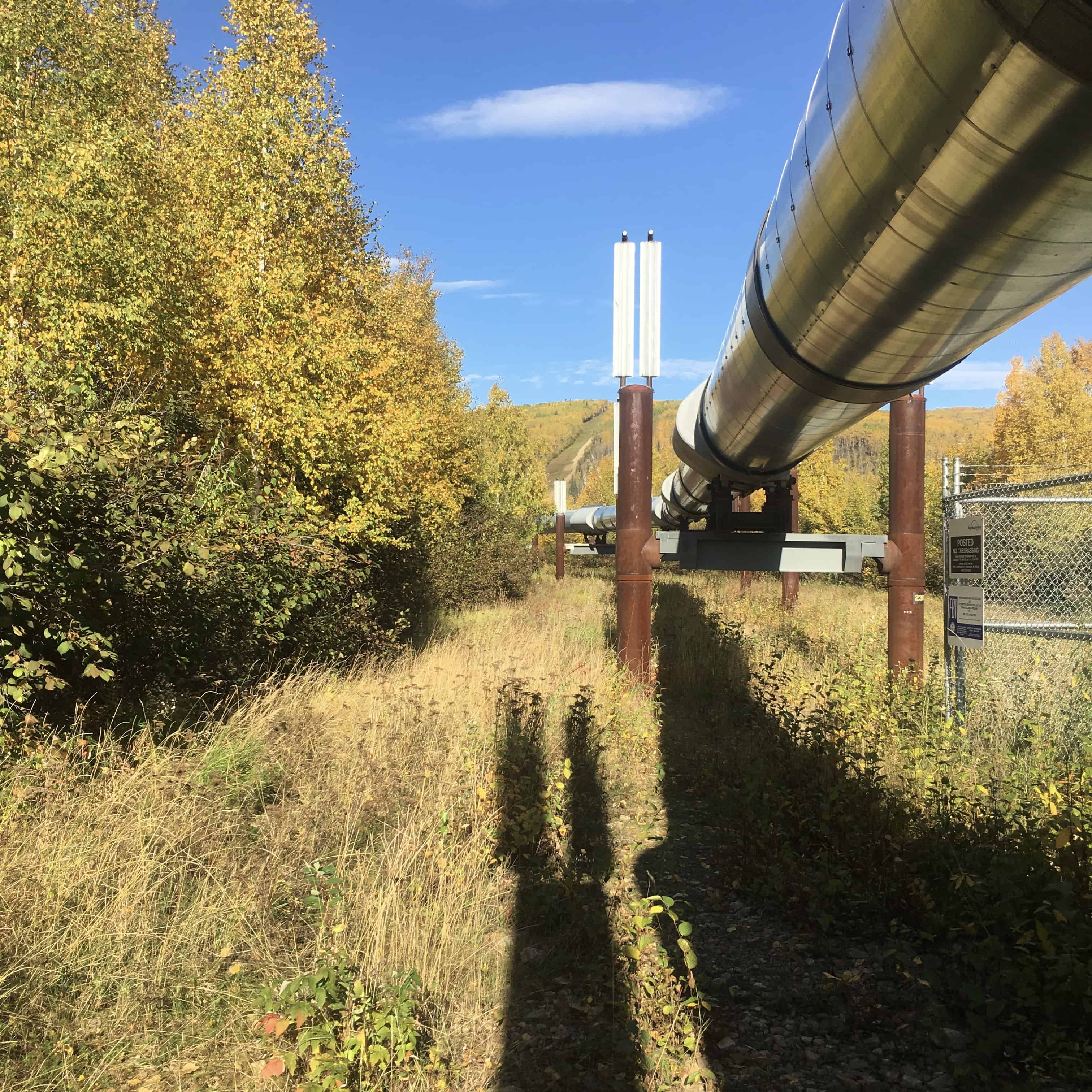The Trans-Alaska Pipeline System (TAPS) is also known as the Alyeska Pipeline, the Alaska Pipeline, or by locals the pipeline. You might wonder why I chose to write about the pipeline. At Vic's Tree Service, we love nature. The pipeline runs through pristine wilderness. and as a result, is sometimes a controversial issue. Knowledge is powerful.
Miles of pipeline on the Northern Slope
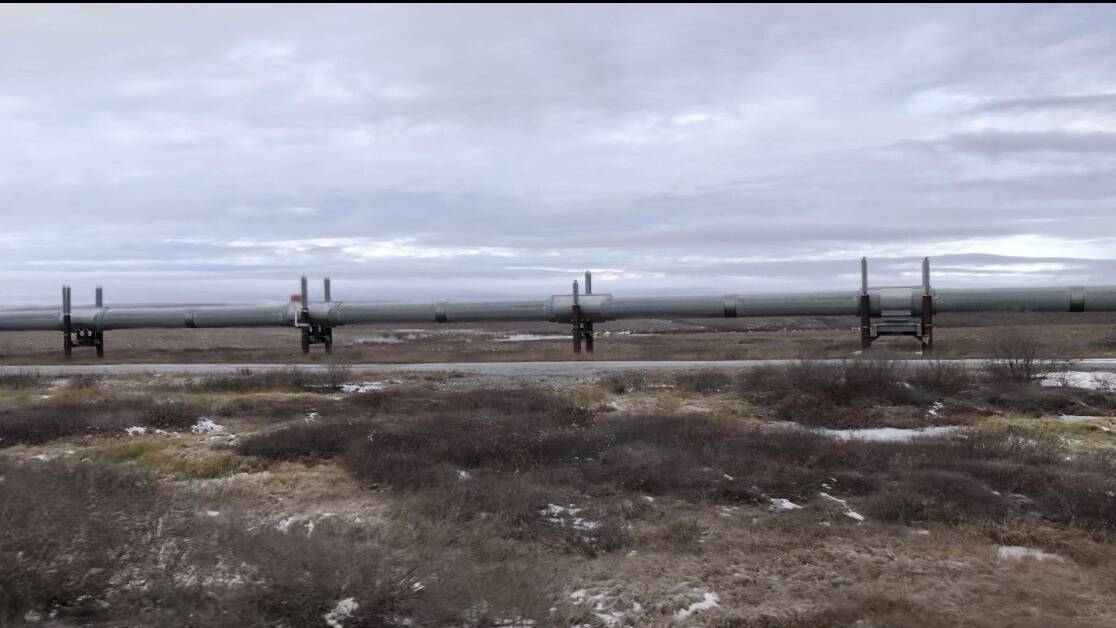
Funding, Length, Dates & Dollars
Alyeska Pipeline Service funded and built the pipeline,
The pipeline runs 800 miles from Prudhoe Bay to Valdez, Alaska.
Four hundred twenty miles are above ground over permafrost. The rest is underground.
Timeline: Start 1969, finish 1977, first pipe laid 1975, first oil running June 20, 1977
70 thousand workers total and 8 billion dollars
Alyeska Pipeline - Can you hear the oil flow?
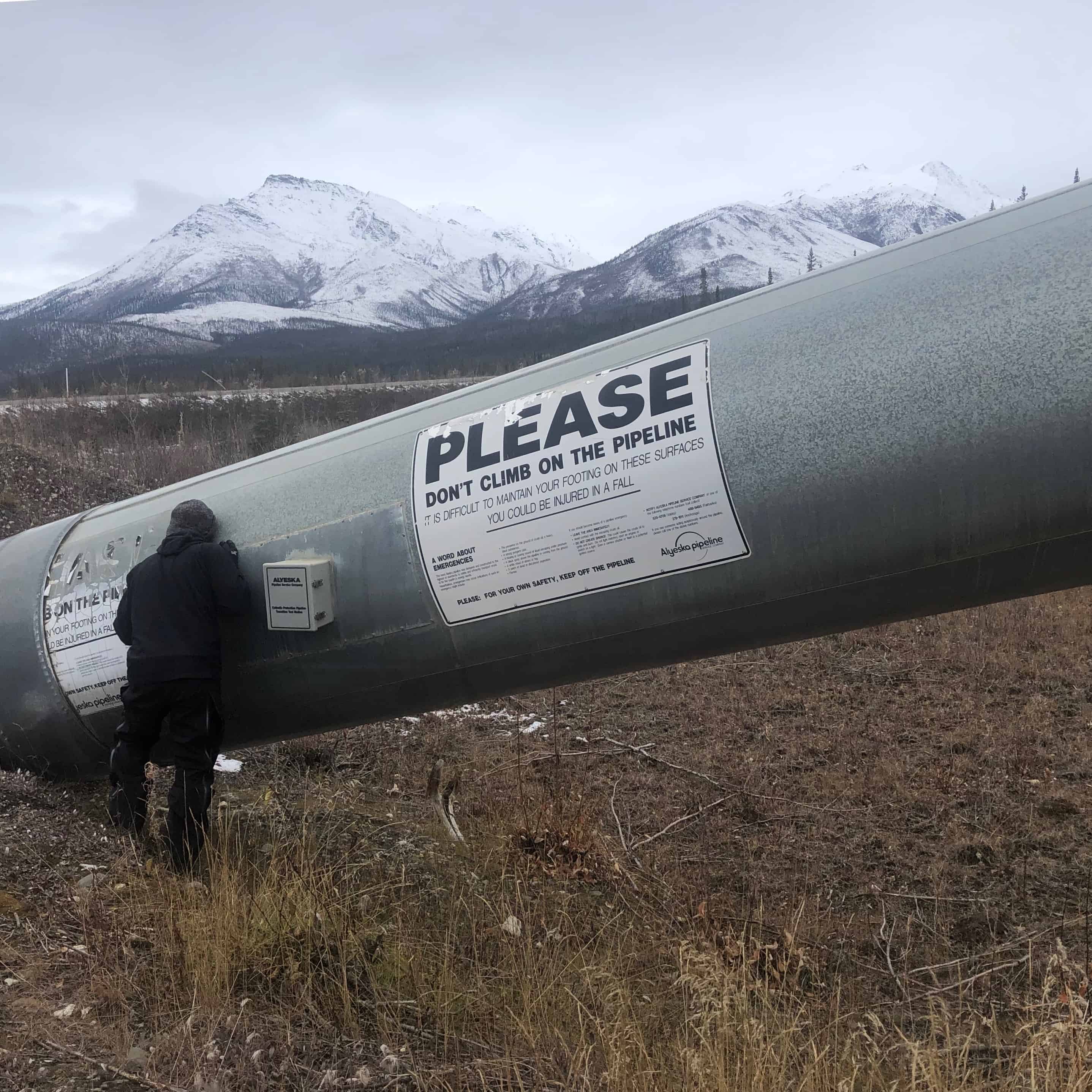
The pipeline is silent. The wilderness area in northern Alaska is also silent.
Zig zag configurations encourage expansion and contraction in fluctuating temperatures.
There are 554 above ground crossings and 25 below ground crossings along the route. These do not disrupt animal herd migration patterns. Above ground crossings are 10’ tall for large animals to pass under. The pipeline is above ground where there is permafrost.
The highest elevation is 4739 feet at Antiguan Pass.
More Interesting Facts about the Trans-Alaska Pipeline System
The pipe is 48” in diameter, and it varies in thickness from .462 to .562 inches.
Pump stations located along the pipeline move oil from holding tanks into the pipeline.
There are 71 gate valves to control the oil flow.
Northern lights produce telluride currents which could damage the pipeline. The Alaska pipeline is equipped with zinc/magnesium anodes to dissipate the current without damaging the pipeline.
Ground heat is dissipated through 124,000 heat pipes along the 800 miles of pipeline. It is important to keep the ground temperature fairly stable to avoid shifting.
Trans-Alaska Pipeline with perspective
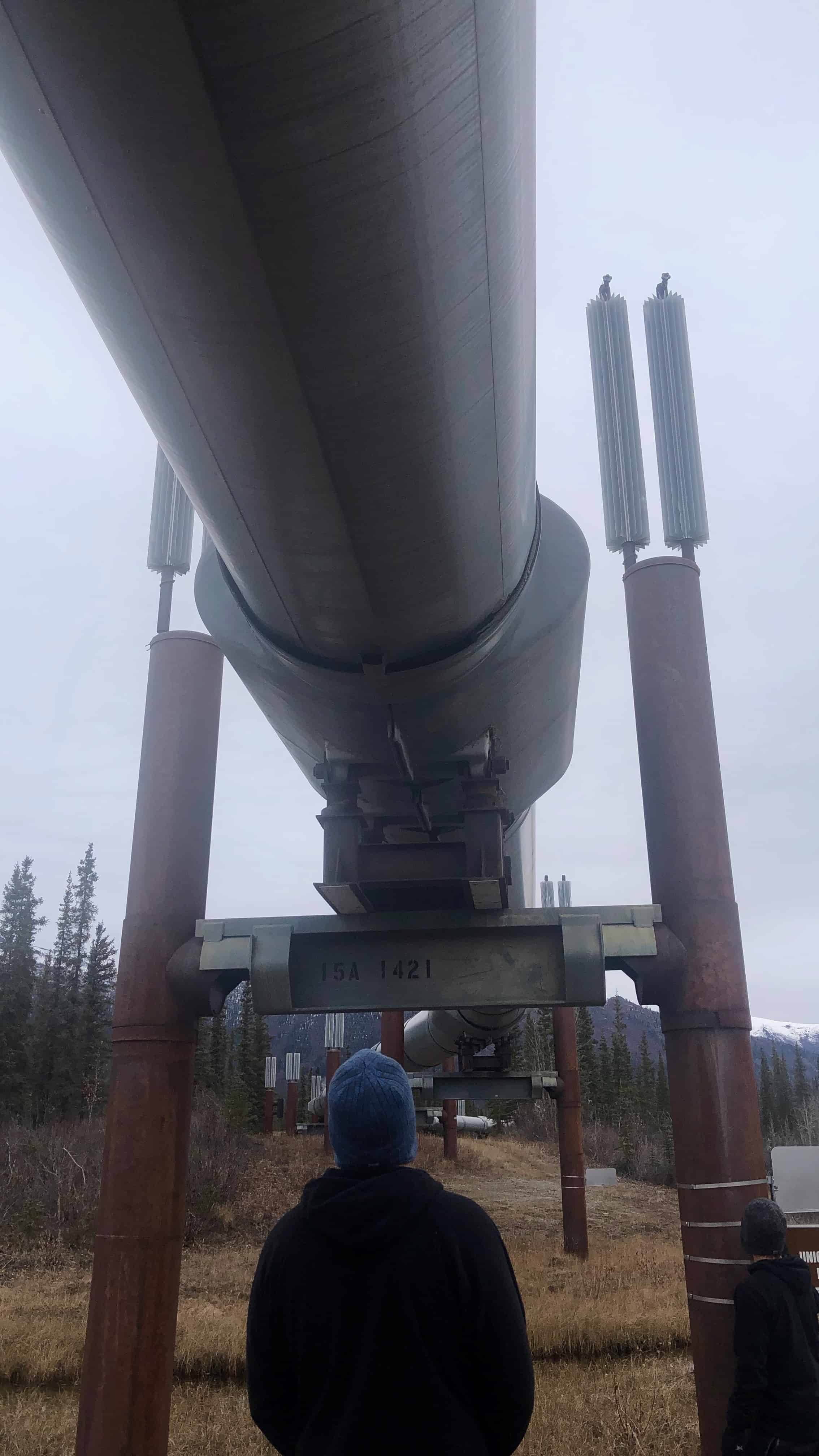
Cleaning pigs in the Alaska Pipeline ~ Tour of Dredge 8
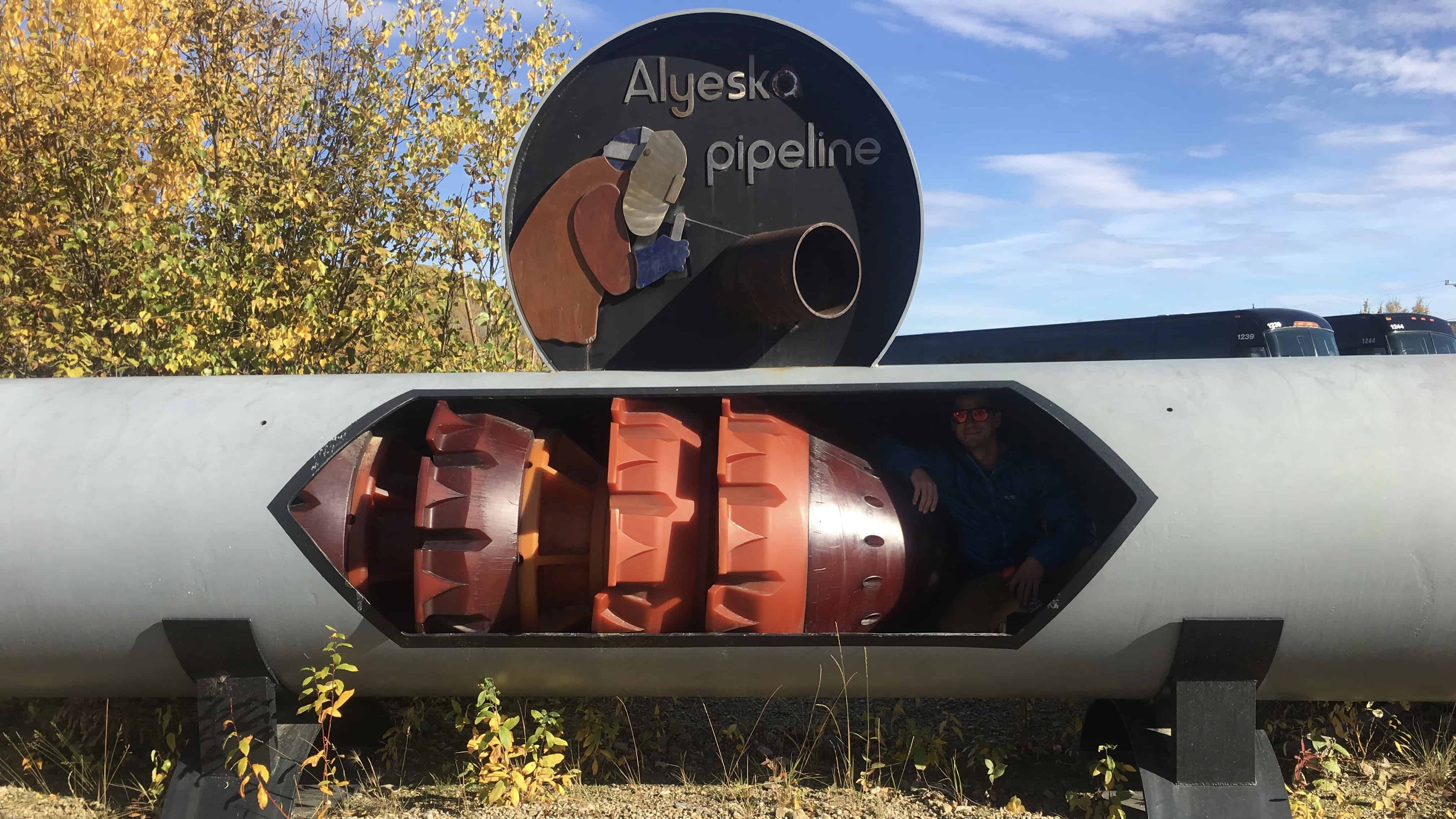
Maintenance and Cleaning the Alaska Pipeline
The exterior of the Alaska pipeline is surveyed daily by air, foot, and road for potential malfunctions. It takes 21 days to completely survey the exterior of the 800 miles of pipeline.
Cleaning or scraper pigs are large bullet shaped mechanisms that run through the pipe periodically for cleaning.
Corrosion detecting pigs use magnetic or ultrasonic sensors to detect corrosion.
The tour of Dredge 8 is fun and interesting. Try it if you visit Alaska.
Containing Spills
The operation control center is in Anchorage operates 24 hours a day. In addition to other variables, it monitors three systems that determine leaks.
In 15 minutes the entire pipeline can be shut down.
One major spill happened in 1978 when a gunshot punctured a hole in the pipe near Fairbanks resulting in about 16000 barrels leaked. The pipeline shut down and restarted within 21 hours.
The Exxon Valdez spill is sometimes associated with the pipeline. The ship carrying pipeline oil struck a reef. Oil spilled into the Prince William Sound.
Pristine Alaska Wilderness
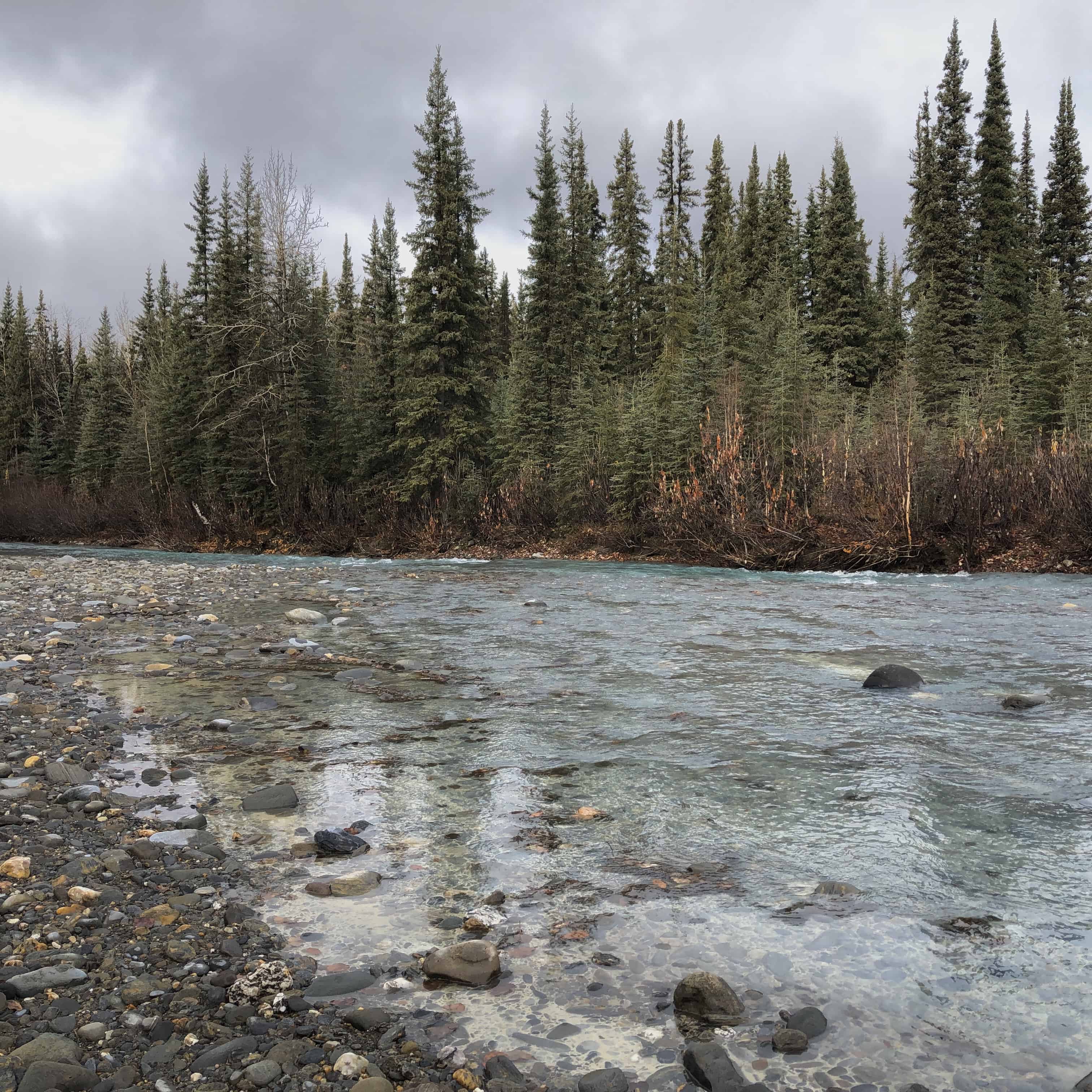
Final Thoughts - Take aways
Finding a balance between economic growth and conservation is never easy. It is important to really know the facts before taking sides regarding resource extraction. If you are interested, find out more or visit Alaska.
References
